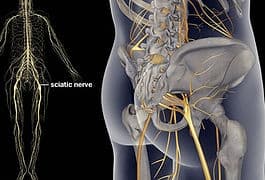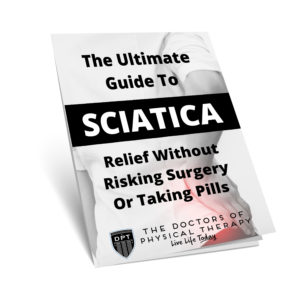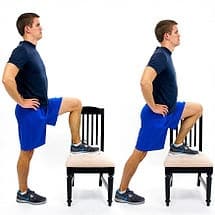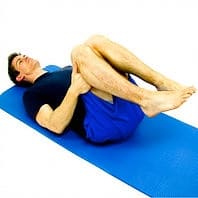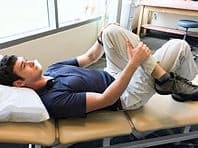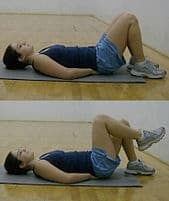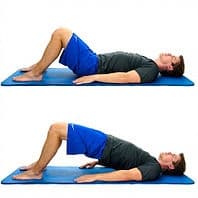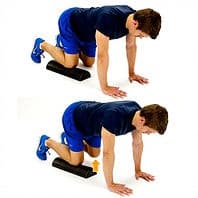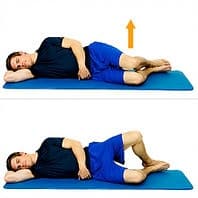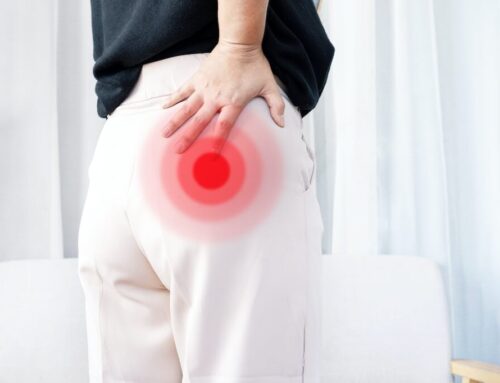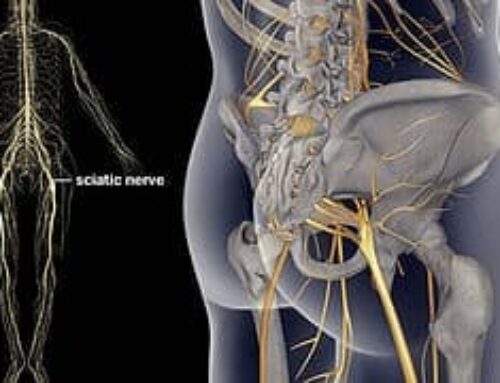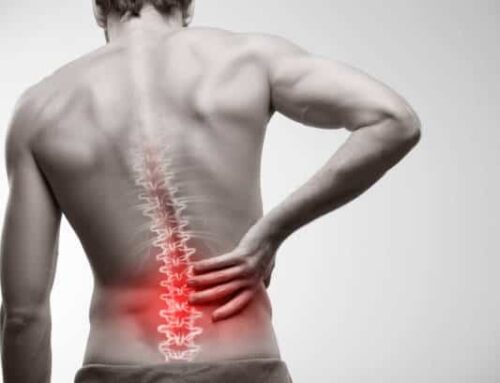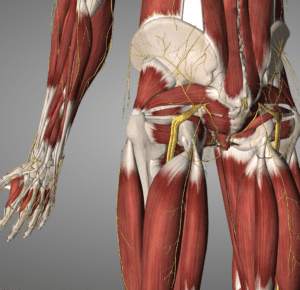
*Disclaimer: Consult with a healthcare professional before starting an exercise program. Performing the exercises for sciatica discussed in this article without a diagnosis and clearance may result in exacerbation of symptoms and a potentially worsening condition.*
By this point in this series we have covered what sciatica is and three different common causes for the condition: disc herniation, spinal stenosis, and SIJ dysfunction. This post will focus on some basic treatment exercises that can be used to relieve symptoms and avoid making the condition worse. Although the three causes of back pain & sciatica that we covered are quite different, the principles and goals of their treatment exercises are very similar. Main goal: take pressure off of the sciatic nerve. To better understand recovery, read understanding injury.
medicinenet.com
This pressure relief is achieved by giving the joints and muscles of the low back and pelvis a balance of stability and flexibility. Too much instability and the bones in the spine can shift around and bump into the nerve roots, leading to shooting pains. Too much stiffness in one section of the spine can lead to poor mechanics and ultimately put more strain on the site of problem. So the exercises discussed today focus on strengthening the core & hips and increasing flexibility of the core & hips. Remember, when starting a program of exercises for sciatica it’s important to know the cause.
As a supplement to the information provided in this content. You may wish to download our guide on eliminating back stiffness and spasms without painkillers or surgery (located to the right). It has useful tips and advice that you can integrate into your daily life that will help with decreasing the overall discomfort and inflammation in your back, which will assist you in your recovery efforts.
Continue reading below to get into the recommended sciatica exercises outlined by condition.
Herniated Disc
- Stretches: Prayer stretch, hip flexor stretch.
- Strengthening: Bridging, clams
Spinal Stenosis
- Stretches: Knees to chest, hip flexor stretch.
- Strengthening: Supine marching, clams
SIJ Dysfunction
- Stretches: Piriformis stretch, hip flexor stretch.
- Strengthening: Clams, quadruped multifidus knee lifts
Hip Flexor Stretch – Hold 30 seconds, 3-5 times
The short hip flexors attach from the low back to the front of the thigh. Tightness here can often lead to increased back pain and increased compression on nerve roots exiting the spine.
hep2go.com
The key here is to keep the back straight and avoid trying to arch backwards to increase the stretch.
Prayer Stretch – Hold 30 seconds, 3-5 times
This is a good stretch for the muscles in the low and mid back that can also help widen the gaps between the vertebrae in the spine, ultimately relieving pressure.
jamesfowlerpt.com
The key here is to really reach and walk your hands our in front once down in the bent position.
Knees to Chest – Hold 10 seconds, 5-10 times
This is focused primarily on creating some increased space between the vertebrae to decrease the pressure on the nerves and joints. It can also stretch out the muscles in the low back.
hep2go.com
If 2 legs is too difficult, this can be performed 1 leg at a time, with opposite leg straight.
Piriformis Stretch – Hold 30 seconds, 3-5 times
This stretches the muscle that the sciatic nerve passes right next to or even through.
hep2go.com
The key here is to grab the leg as shown and gently pull the knee towards the opposite shoulder to feel the stretch in the right place.
Stretching is a necessary part of treatment because the muscles have gotten tight either due to prolonged postures or because they’re guarding. To further understand this read why do muscles get tight.
The strengthening portion of our exercises for sciatica discussion focuses on not only the core & trunk, but also the hips! Weak hips with a stable spine is the equivalent of building a tower on a sand dune; it’s strong enough until the sands at the base shift and bring the whole thing down.
Supine Marching 20-30 repetitions, 2-3 sets
This is a good exercise for the transverse abdominis, one of the muscles that make up your core and help with trunk stability.
hep2go.com
The key here is to keep you stomach muscles engaged throughout the movement to make sure the back stays flat on against your hands (or the ground). Slowly lift one foot a few inches off the ground, lower, then repeat with the other leg.
Bridging – 10-15 repetitions, 5-10 sec holds, 2-3 sets
This is a good exercise for the multifidus muscle in the low back as well as the glutes.
hep2go.com
The key here is to squeeze the buttocks and tighten the abdominals beforelifting off the ground. This keeps the back from hyperextending and focuses the exercise on the desired muscles.
Quadruped Hip Hikes – 12-15 repetitons, 3 sec holds, 1-2 sets
Another good exercise for the multifidus, this also works on finding and maintaining a neutral spine position.
hep2go.com
This exercise is performed with a pillow or small towel roll under one knee to place you off balance. The key here is keep the core tight and gently rotate the spine to lift the lower knee up to the same level as the other (~1-2 inches).
Clams – 10-12 repetitions, 5-10 sec holds, 1-2 sets
This exercise targets the gluteus medius which plays a big role in stabilizing the hips and pelvis. This is one of the trickier exercises to get right since small changes in form can have a big influence on which muscles are working.
hep2go.com
Squeeze the buttocks and the tighten the abdominals before lifting the knee. You want to avoid rolling your body backwards at all during the lift, so don’t focus on how high the knee is getting; focus on doing the exercise right. You’ll know that your’re doing it right if you feel the muscle on the side of your butt (behind the hip bone) getting tired. If you feel it in a muscle on the side of your hip (in front of the hip bone) then you need t readjust your form.
Ok, that just about covers the intro exercises for sciatica. There are many more that can potentially be helpful, but these are likely to get the most bang for the buck without aggravating things as well. The last thing to cover is matching up the right exercises with the cause of the sciatica symptoms.
This concludes our Back Pain & Sciatica series here on our blog. If you want more exercises for sciatica come see us! Remember to consult with a healthcare professional before attempting any self-treatment or starting an exercise program to make sure that your condition 1) is treatable with exercise and 2) doesn’t get worse from doing the wrong things.


